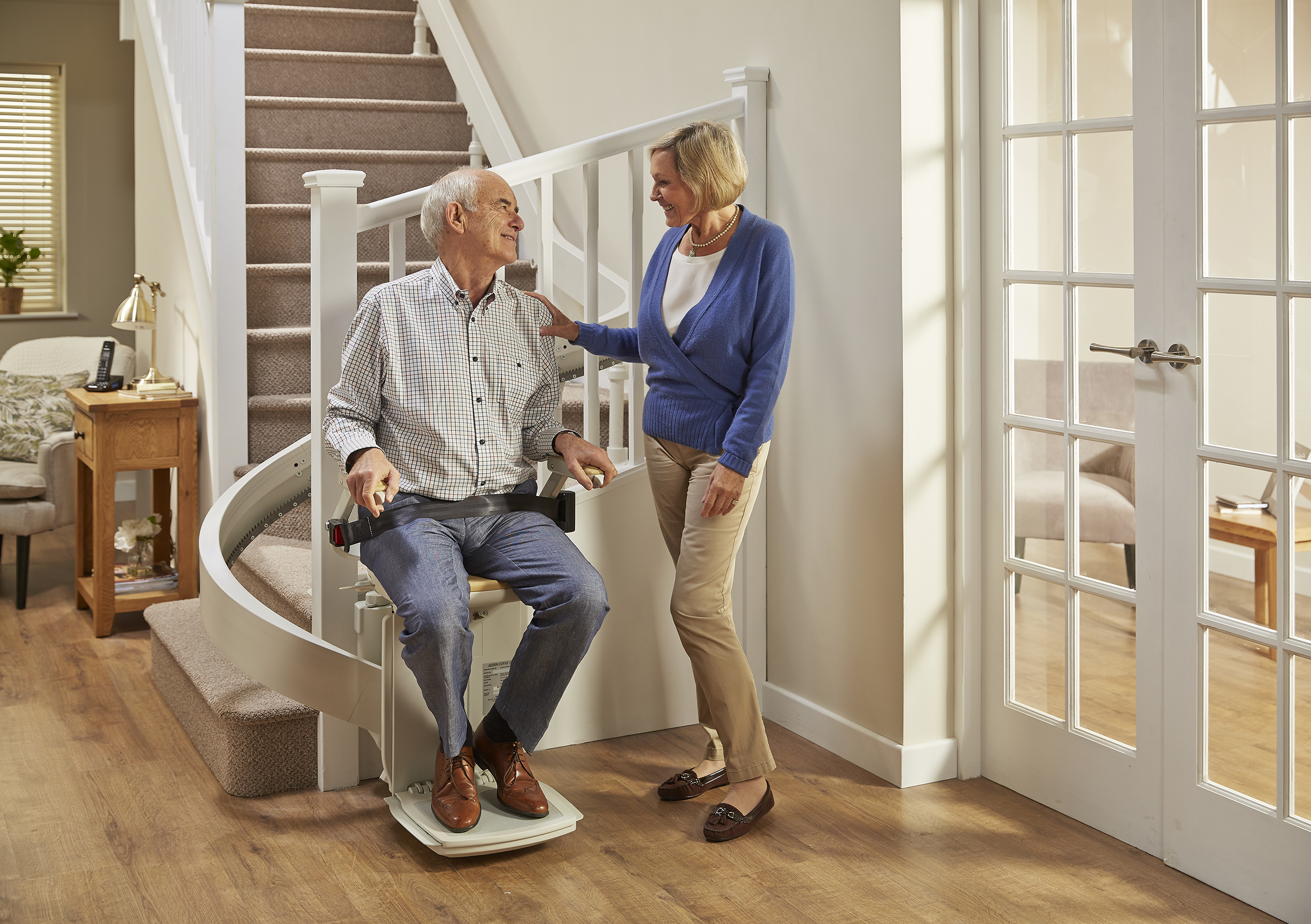Stair lifts are indispensable mobility aids that enhance accessibility and independence for individuals with limited mobility in Reading. In addition to functionality and safety, maximizing comfort is paramount in ensuring a positive user experience. This guide explores ergonomic design considerations for stair lift reading, focusing on features and adjustments that prioritize user comfort and well-being.
- Seat Design and Padding:
Contoured Seats: Stair lifts with contoured seats provide better support and alignment for the user’s body, promoting comfort during transit.
Plush Padding: Incorporating plush padding on the seat and backrest enhances comfort by reducing pressure points and providing cushioning during extended rides.
- Adjustable Seat Height and Armrests:

Height Adjustment: Stair lifts with adjustable seat height allow users to find the most comfortable seating position for their preferences and needs.
Armrest Options: Adjustable armrests provide additional support and comfort, allowing users to customize the armrest height and width to their liking.
- Smooth and Quiet Operation:
Noise Reduction: Stair lifts with smooth and quiet operation minimize disruptions and ensure a peaceful ride for users and other occupants of the home.
Soft Start and Stop: Incorporating soft start and stop features eliminates sudden jolts or jerks, enhancing comfort and stability during transit.
Conclusion:
Ergonomic design considerations are essential for maximizing comfort and ensuring a positive user experience with stair lift Reading. By prioritizing features such as contoured seats, adjustable armrests, smooth operation, intuitive controls, swivel seats, customizable options, and regular maintenance, stair lift manufacturers and providers can create solutions that promote comfort, safety, and well-being for individuals with limited mobility. With ergonomic design, stair lifts become more than just mobility aids—they become reliable and comfortable companions that enhance the quality of life for users in Reading.

